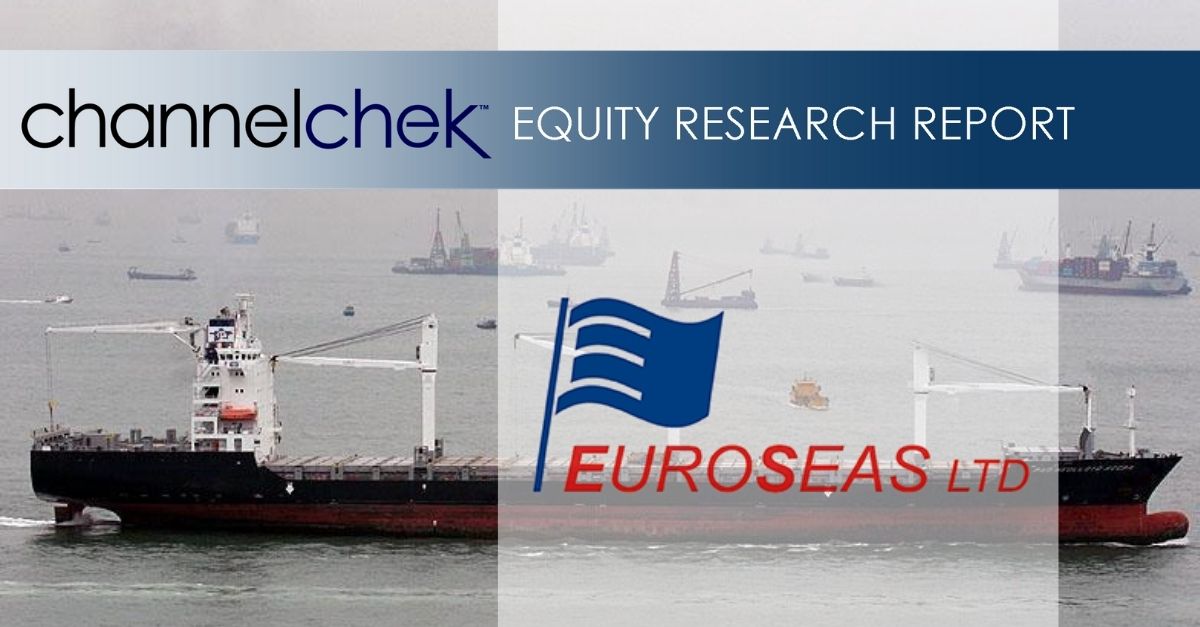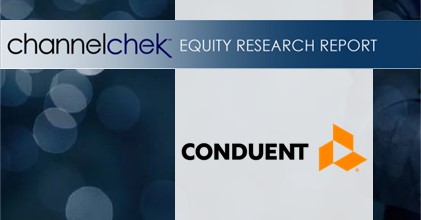
Thursday, February 13, 2025
Euroseas Ltd. was formed on May 5, 2005 under the laws of the Republic of the Marshall Islands to consolidate the ship owning interests of the Pittas family of Athens, Greece, which has been in the shipping business over the past 140 years. Euroseas trades on the NASDAQ Capital Market under the ticker ESEA. Euroseas operates in the container shipping market. Euroseas’ operations are managed by Eurobulk Ltd., an ISO 9001:2008 and ISO 14001:2004 certified affiliated ship management company, which is responsible for the day-to-day commercial and technical management and operations of the vessels. Euroseas employs its vessels on spot and period charters and through pool arrangements.
Mark Reichman, Managing Director, Equity Research Analyst, Natural Resources, Noble Capital Markets, Inc.
Hans Baldau, Research Associate, Noble Capital Markets, Inc.
Refer to the full report for the price target, fundamental analysis, and rating.
New time charter contract. Euroseas Ltd. executed a time charter contract for the M/V EM Hydra at a gross daily rate of $19,000 for a minimum period of 24 months to a maximum of 26 months at the charterer’s option. The M/V EM Hydra is a 1,740 twenty-foot equivalent unit (TEU) feeder container ship. The new charter will commence on May 1, 2025, in continuation of its current charter.
Attractive rate and improved charter coverage. The new time charter is an improvement over the previous contract rate of $13,000 per day and is expected to contribute EBITDA of $7.3 million during the minimum contracted period. We had previously assumed the vessel would be re-contracted at a rate of $16,000 per day. The new time charter enhances Euroseas’ charter coverage for the remainder of 2025 and 2026 to ~85% and ~50%, respectively.
Get the Full Report
Equity Research is available at no cost to Registered users of Channelchek. Not a Member? Click ‘Join’ to join the Channelchek Community. There is no cost to register, and we never collect credit card information.
This Research is provided by Noble Capital Markets, Inc., a FINRA and S.E.C. registered broker-dealer (B/D).
*Analyst certification and important disclosures included in the full report. NOTE: investment decisions should not be based upon the content of this research summary. Proper due diligence is required before making any investment decision.













